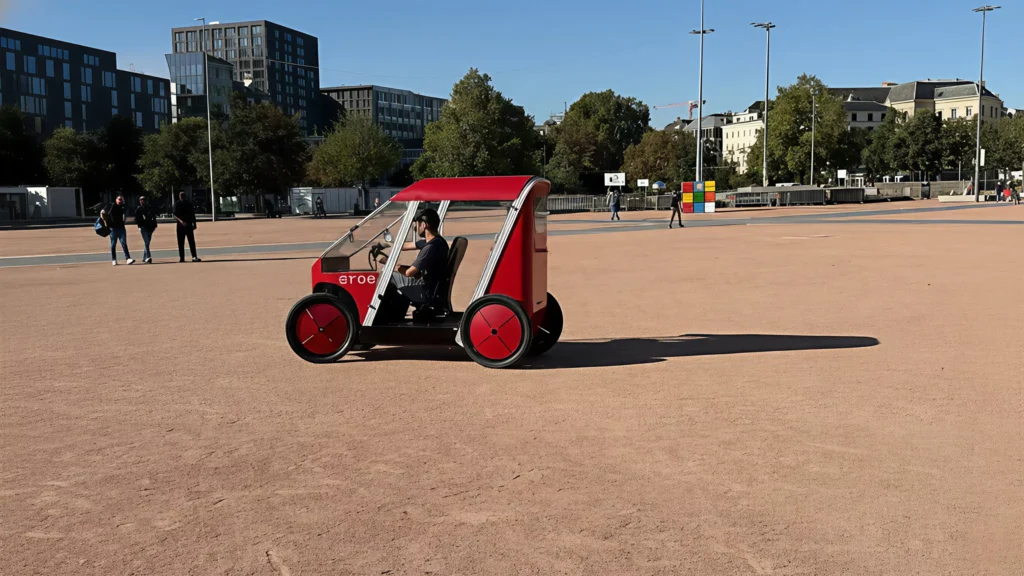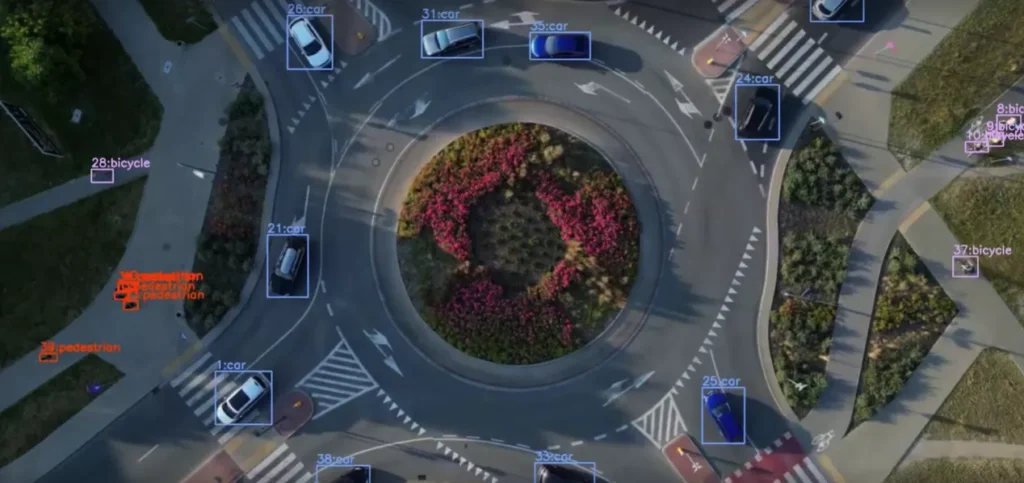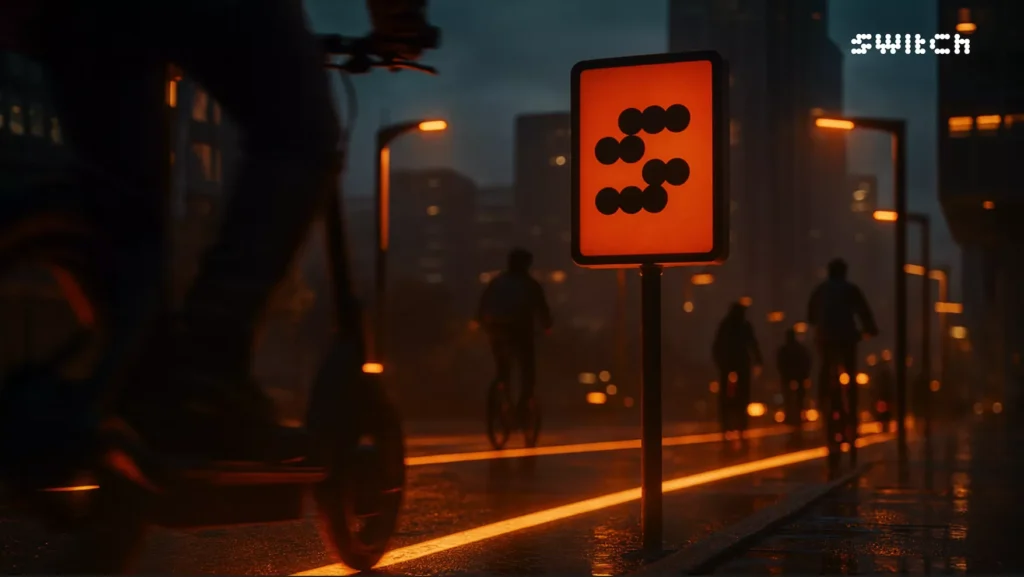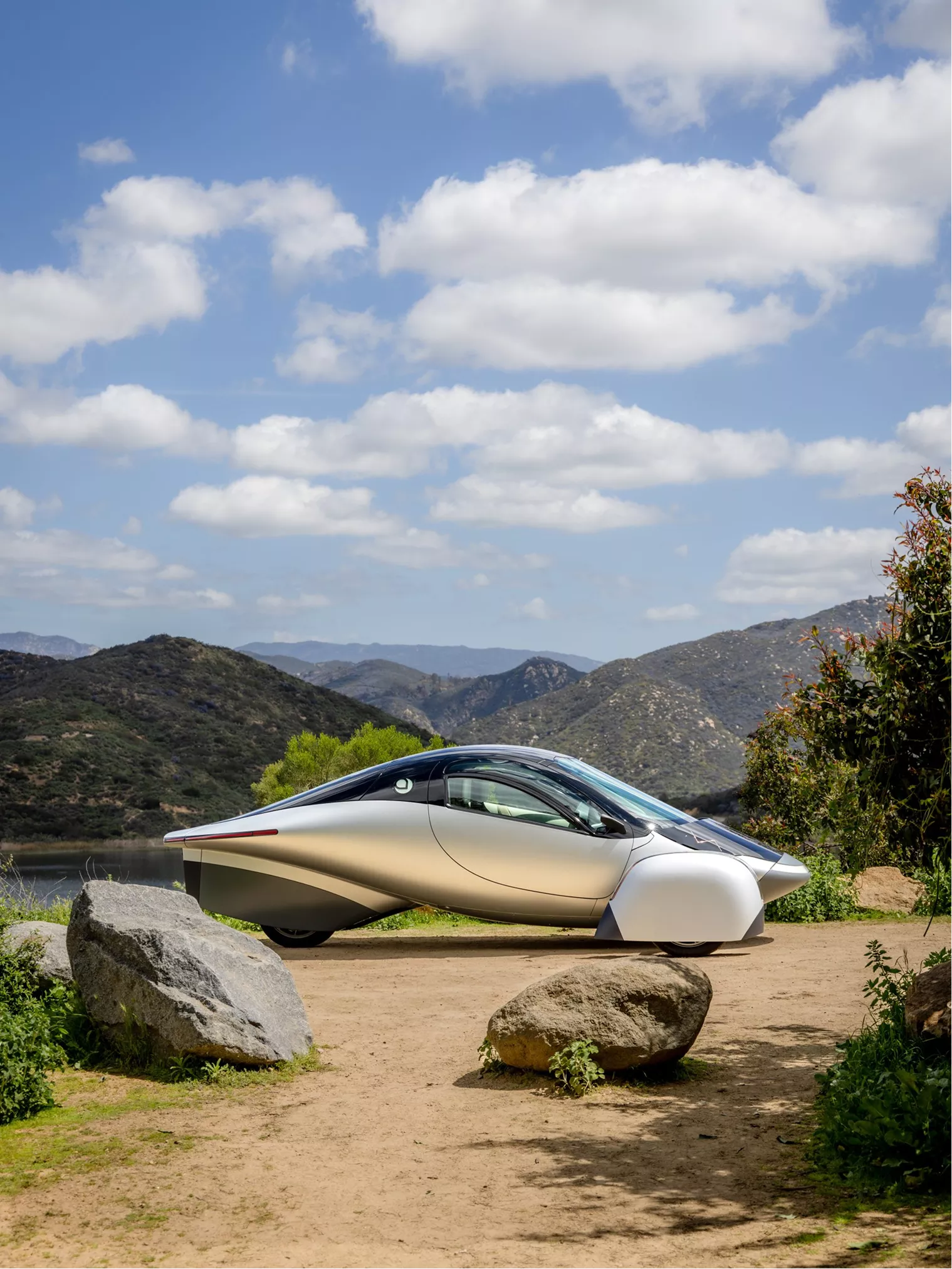






From EVs and batteries to autonomous vehicles and urban transport, we cover what actually matters. Delivered to your inbox weekly.
BYD has unveiled a prototype solid-state battery delivering energy density near 400 Wh/kg—roughly twice that of today’s mainstream lithium-ion cells.
The company claims it can reach 80% charge in 12 minutes and enable an electric driving range of up to 1,500 kilometers. Though still in testing, the battery represents a technical leap that edges the company closer to industrial viability by decade’s end.
BYD’s roadmap is slightly longer, aiming to scale production by 2030. But the aggressive results shared suggest that BYD is positioning itself not just to match timelines, but to differentiate on performance.
The stakes are high. Higher energy density allows for smaller, lighter battery packs, which reduce vehicle weight and can enable longer range without increasing battery size. ž
Fast charging at this level — 12 minutes to recharge 80% — also addresses a major adoption bottleneck. If BYD can deliver these numbers at production scale, it could reshape battery system engineering and EV platform design across the board.
The claim of 400 Wh/kg is especially notable given today’s EVs typically rely on lithium-ion cells averaging 200–250 Wh/kg.
The jump in energy density has implications across key domains:
More importantly, the pace of development underscores how solid-state batteries are moving from concept to near-term reality.
BYD’s reveal doesn’t guarantee industry dominance, but it does force peers and regulators to reassess timelines, safety standards, and infrastructure assumptions. With battery performance setting the ceiling for EV capability, the window to lead on solid-state is closing fast.